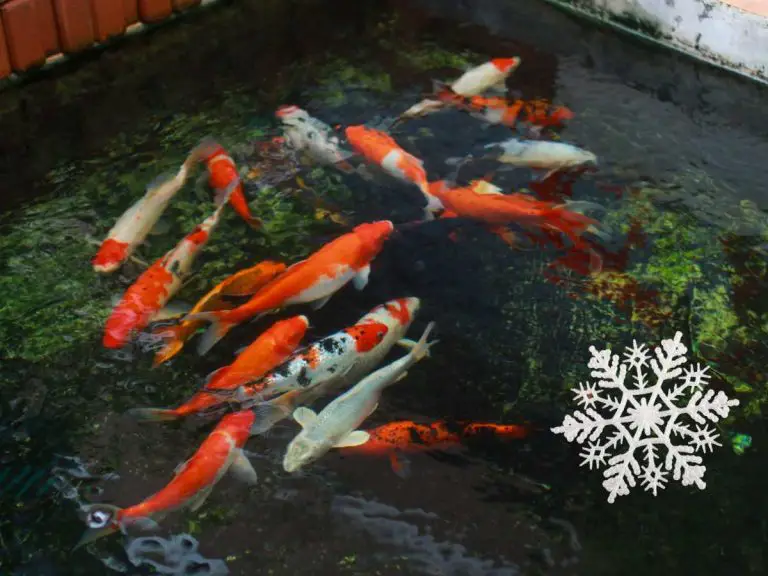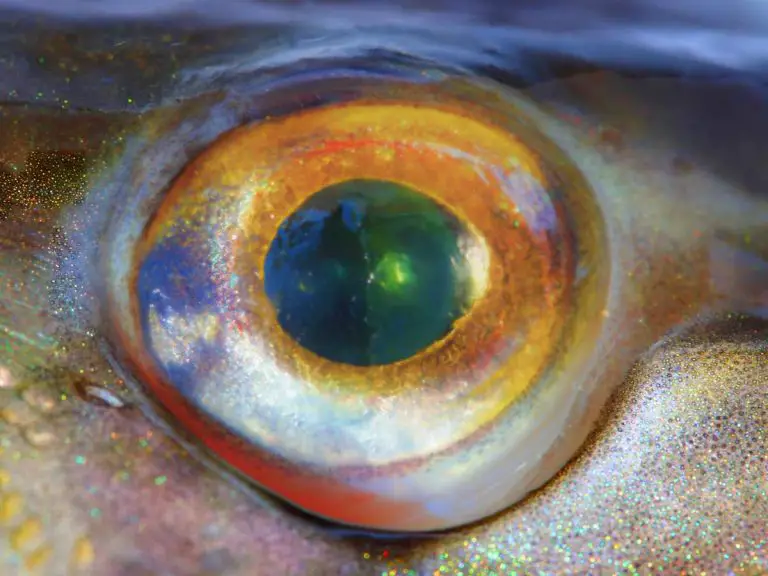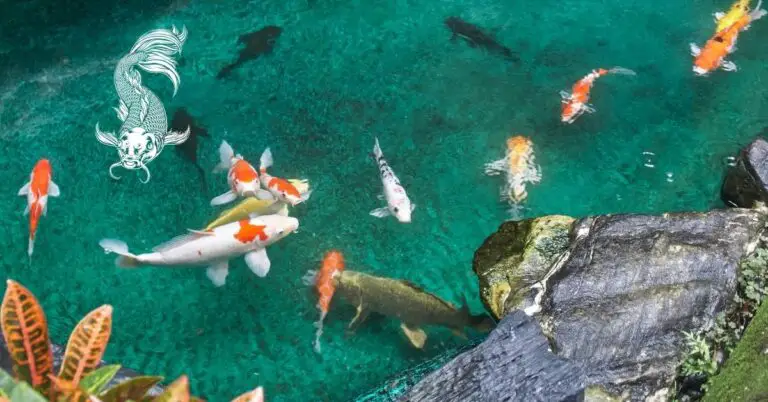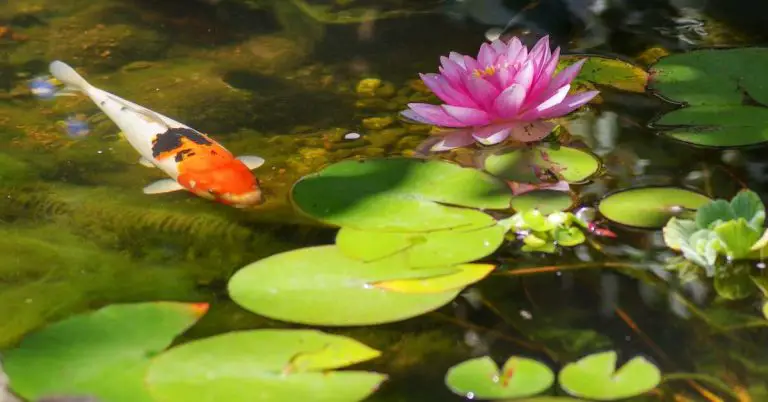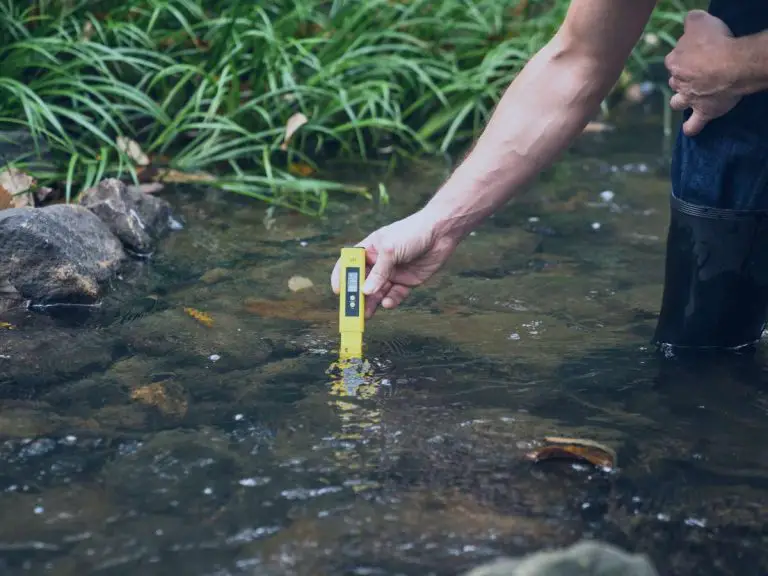Can You Eat Koi? Why You Can (But Shouldn’t) Eat Koi
Is Koi edible? Yes, you can eat Koi, but the real question is, should you?
Koi are known as ornamental fish with deep connections to the various spiritual traditions of Asia, but they have a role that extends beyond just beautifying ponds and water gardens, including as food.
But while Koi may be eaten under certain circumstances, its unusual taste, risk of foodborne illness, as well as prohibitive costs, generally make it not the best choice for dinner. This article will get into all this and more.
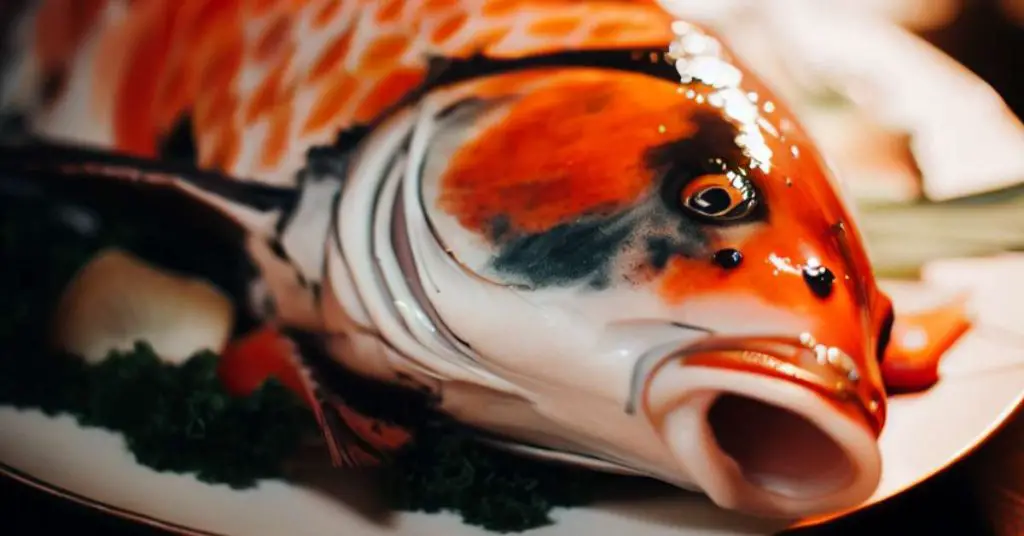
Koi: More Than Just Pretty Fish
In the West, Koi are bred, bought, and sold by specialized farms, including breeders that sell Koi online. But in Japan, people don’t just see Koi as fish—they see them as symbols of love, friendship, and good luck.
And it’s not just in Japan that Koi are highly valued. In China, Koi are associated with success and prosperity, as well as a symbol of ambition and drive. You’ll often see Koi depicted in artwork or as a feature in Chinese gardens.
Further south in Vietnam, Koi are also highly valued. They are seen as a symbol of perseverance and strength, often associated with the ability to overcome obstacles. Vietnamese culture also appreciates Koi for their beauty, often featuring them in decorative ponds and water features.
Indeed, people around the world prize Koi for their beauty and grace. They’re the stars of ornamental ponds, adding a touch of tranquility and aesthetic appeal wherever they swim.
Related Post: Is Koi Fish Farming Profitable?
A Taste of Tradition: Koi in the Culinary World
| Country | Dish | Description |
|---|---|---|
| Thailand | Koi Pla | A raw fish salad made with Koi, herbs, and spices. |
| Japan | Koi Sashimi | A traditional Japanese dish where Koi is served raw, often with soy sauce and wasabi. |
| China | Koi Soup | A soup dish where Koi is simmered with vegetables and traditional Chinese herbs. |
| Vietnam | Koi Spring Rolls | A dish where Koi is cooked and served in rice paper rolls with vegetables and dipping sauce. |
| Indonesia | Koi Pepes | A dish where Koi is marinated in a mixture of spices, wrapped in banana leaves, and then steamed or grilled. |
Koi fish, despite their ornamental value, do make their way into the culinary scene in some cultures, especially in parts of Asia. Here, Koi isn’t just a fish; it’s a part of their culinary identity.
Take Thailand, for example. They use Koi to make “Koi pla” – a raw fish salad that’s as unique as it sounds. But this dish isn’t served strictly for its taste, rather it’s about tradition, community, and the shared experience of enjoying a meal together.
The Flip Side: Health Risks of Eating Koi
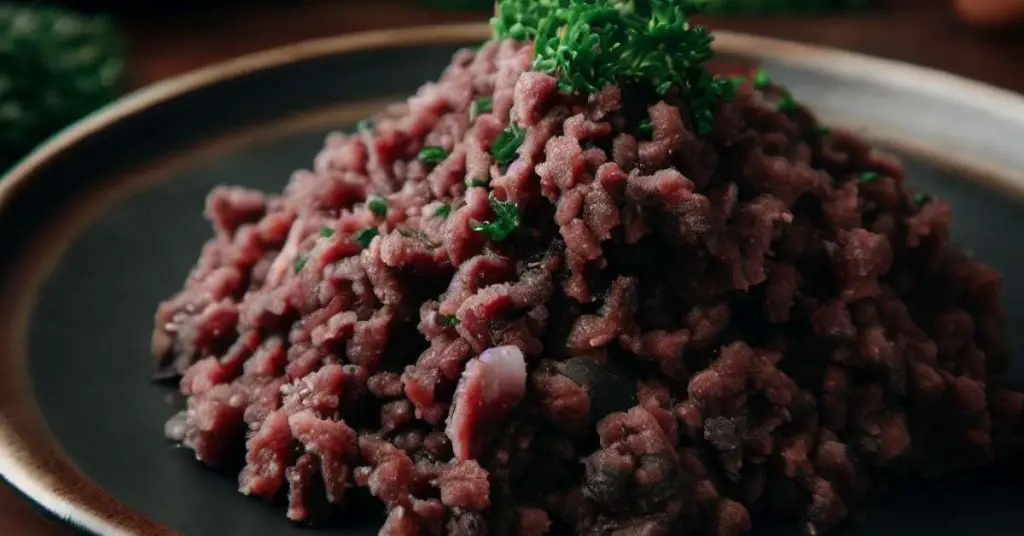
While Koi fish are generally safe to eat, they do come with some risk factors. Some of these risks are the same as what you’d find in other types of fish, while others are specific to Koi:
- Parasitic Infections: Koi fish can carry certain parasites, like Opisthorchis viverrini. These parasites are known to cause a kind of bile duct cancer in humans.
- Bacterial Infections: Wild Koi often come with bacterial infections, which can cause food related illnesses when eaten by humans.
- Heavy Metal Contamination: Like other fish, Koi can accumulate heavy metals like mercury in their bodies, especially if they live in polluted waters. Consuming contaminated fish can lead to heavy metal poisoning.
- Allergic Reactions: Some people may be allergic to Koi, but they might not know it since Koi are so rarely eaten outside of Asia.
- Risk of Choking: Koi are generally small fish with even smaller bones, which can pose a choking risk if they’re not properly prepared. Koi also have teeth to be aware of!
- Nutritional Imbalance: While Koi fish can provide protein and certain nutrients, they may not offer the same nutritional benefits as other more commonly consumed types of fish. Over-reliance on Koi as a source of nutrition could potentially lead to nutritional imbalances.
It’s worth noting that there’s an especially great risk when consuming koi fish raw. Koi are known to carry a parasite known as Opisthorchis viverrini, which can cause serious health conditions including a form of bile duct cancer (cholangiocarcinoma). You can read more about the risks of eating Koi in this in a study published in the PLOS ONE journal, which talks specifically about the dish Koi pla I mentioned previously from Thailand.
So, if you’re considering eating koi, you may have some issues to deal with besides a slightly muddy taste. My recommendation is to only eat properly cleaned and cooked Koi, if you ever get the chance—or maybe just skip it altogether.
The Taste Test: What Does Koi Taste Like?
When it comes to taste, Koi fish has a unique flavor profile. People often describe it as having a muddy or earthy taste. But hey, for those who enjoy the unique flavors of different types of fish, Koi might just be an interesting culinary adventure.
That said, remember that the taste of any individual Koi will vary depending on its diet and lifestyle. This means that the same type of Koi from different regions can taste quite different.
As a result, one person’s experience tasting Koi can be wildly different from another person’s, because of where that particular Koi was caught as well as how it’s been prepared.
The Price of Koi: Economic Considerations
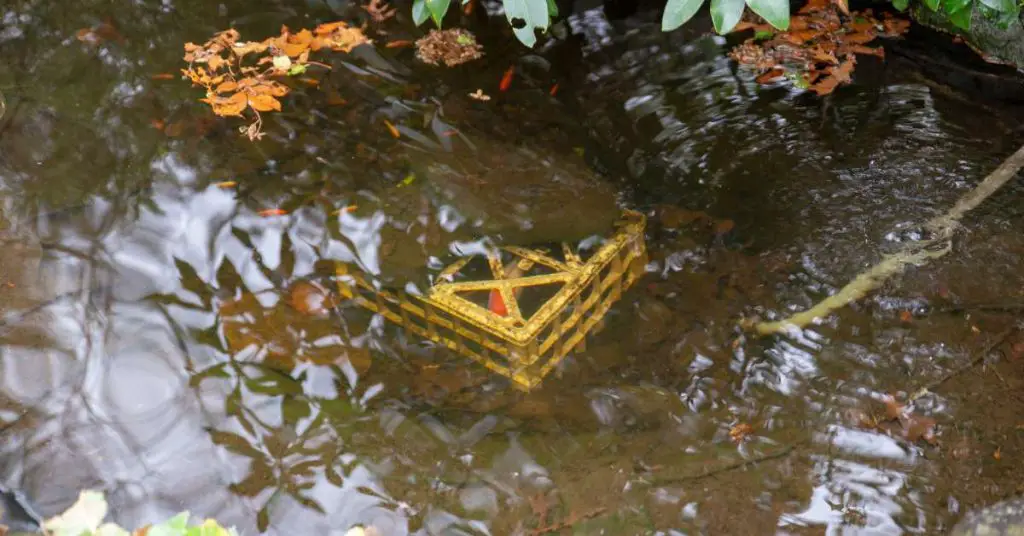
From an economic standpoint, Koi fish are worth more alive than they are on a plate. Koi fish, especially those with unique color patterns, can fetch high prices in ornamental fish markets and specialized online Koi auctions. This makes them an expensive choice for consumption.
But there’s more to this issue than simple economics. If Koi were to be more widely eaten, their stock would decrease while their already high price would increase. This would not only negatively impact the ornamental fish market, but also potentially impact the delicate ecosystems where Koi are generally found.
The Koi Conundrum: To Eat or Not To Eat?
Eating Koi is a practice deeply rooted in several Asian cultures, but that’s not to say it comes without risk. From the potential health associated with raw consumption to the economic implications, there’s a lot to consider when deciding whether to eat Koi.
In any case, Koi is clearly not a first choice for many when it comes to seafood, but for others it’s a cultural tradition passed down through generations. Still for others, the idea of eating a Koi seems bizarre due to its associations with luck and prosperity—not to mention their monetary value.
But for those who do not come from a culture where Koi is revered or eaten, the choice of whether or not to eat them comes down mostly to personal taste and weighing potential health risks. It’s also worth considering the fact that other more common kinds of fish taste better and are much more affordable than Koi.
Wrapping Up
In the end, the choice between eating and not eating Koi comes down to personal taste, how it’s prepared, and how much it costs. If you live outside of Asia, it’s worth remembering that Koi are generally very expensive and not usually available at fish markets. For many people, this will be enough to dissuade them from eating Koi.
But if the question is strictly “can you eat Koi?”, then, of course, the answer is yes—there’s nothing inedible about them. And who knows, maybe you’ll love a good koi fish taco or koi soup, and either way you’ll have a story to tell (and maybe some good luck to go with it).
That’s one of the great things about the culture of Koi and food—it’s never just about what’s on the plate, it’s about the stories and the traditions, the risks and the rewards. So next time you see a Koi, remember, it’s not just a pretty fish with a long history… it might also be somebody’s lunch.
Can You Eat Koi Fish?
Koi fish are technically edible, but they generally aren’t used as food because of their unusual taste and small bones. That said, Koi is included in several dishes from around the world (particularly Asia), including “Koi Pla”, a raw Koi dish made from ground Koi and a blend of herbs and spices.

